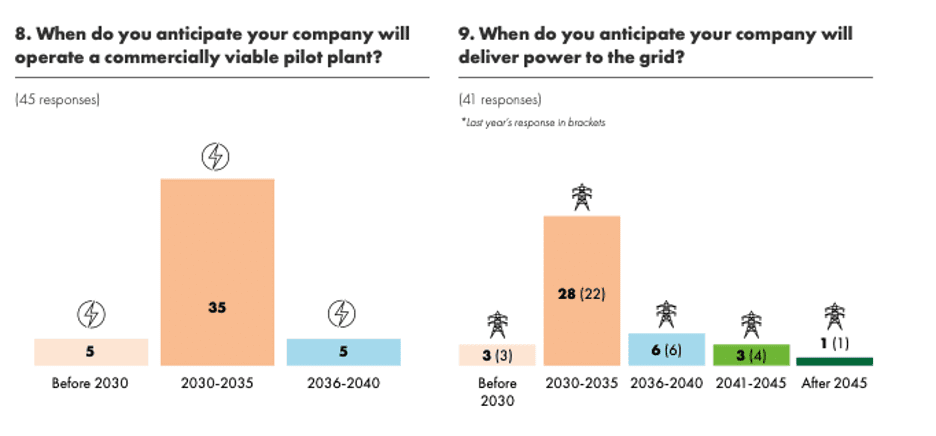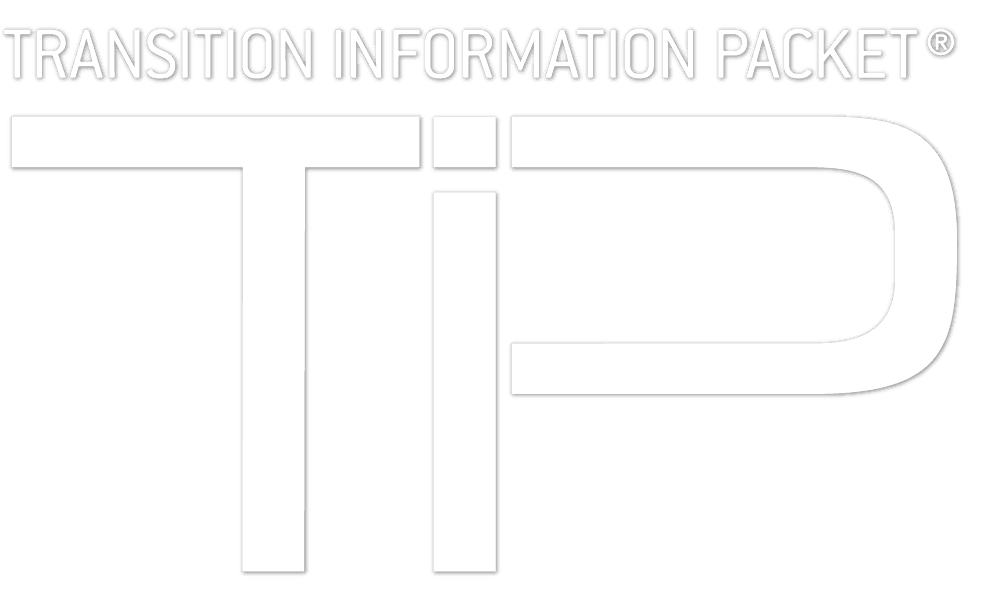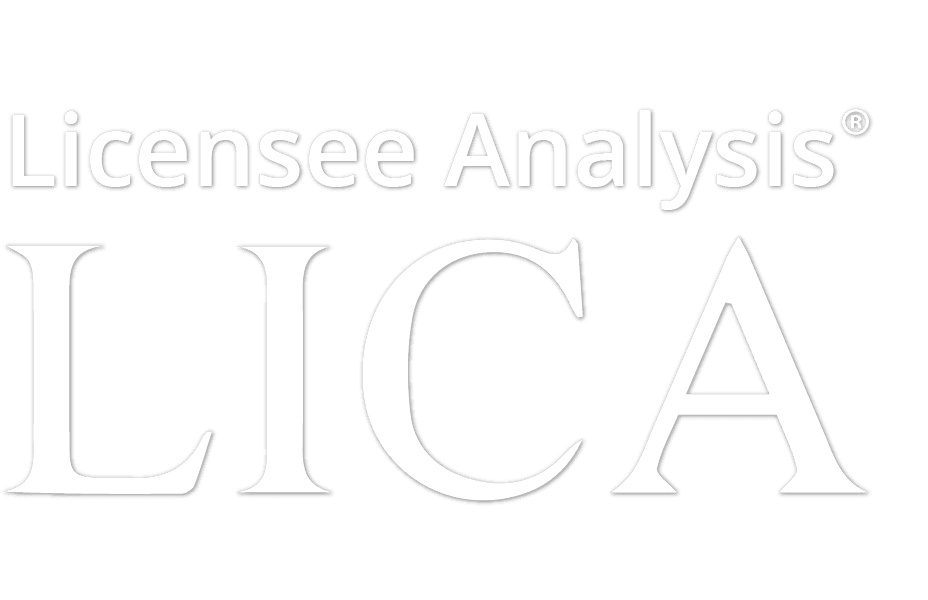Aquaculture is playing an increasingly important role in global food security – with wild seafood production under threat due to overfishing and other issues, farmed seafood is one approach to mitigating this challenge. Today, aquaculture supplies over half of all seafood produced for human consumption, and this amount is expected to increase across the globe. Presently, the U.S. imports 90% of its seafood, half of which is from aquaculture, yet only 5% of U.S. seafood supply is from domestic freshwater and marine aquaculture. Given this imbalance, the $1 billion value of total U.S. freshwater and marine aquaculture production is overshadowed by the global aquaculture production of $100 billion. While U.S. marine aquaculture is small, NOAA reports that it is growing at 8% per year and is poised for additional growth as certain segments, including oyster farming, continue to expand.
MarketsandMarkets provides extensive coverage of the aquaculture industry through a series of reports covering several different market segments. As a whole, the aquaculture market is projected to grow from $30.1 billion in 2018 to $42.6 billion by 2023, recording a compound annual growth rate (CAGR) of 7.2% during the forecast period. This growth is attributed to the growing consumption of fish for its nutritional value, and the rising trend of smart fishing coupled with the increase in seafood trade. The marine culture segment is projected to be the fastest-growing segment of the aquaculture market due to the rising demand for seafood products and declining capture from ocean fishing. However, ocean cage culturing of marine fish has driven the design of new and innovative cages for near-shore and offshore environments, and advancements in recirculation systems, feeding systems, and other technologies are providing growth opportunities for the marine aquaculture system. Unsurprisingly, the equipment segment is estimated to dominate the aquaculture market.
Precision aquaculture, which provides more control and economic yield is growing. It is estimated to be worth $398 million in 2019 and is projected to reach $764 million by 2024; growing at a CAGR of 14.0% from 2019 to 2024. This growth is being driven by a variety of factors, including the rapid adoption of advanced technologies such as IoT, artificial intelligence (AI), feeding robots, and underwater remotely operated vehicles (ROVs) on aquaculture farms. The increasing investment and rising R&D expenditure in aquaculture technology worldwide coupled with the growing popularity of land-based recirculating aquaculture systems is helping push growth. Furthermore, the automation of aquaculture farms reduces labor costs, increases operational efficiency, and leads to higher farm yields. BCC Research also provides coverage on aquaculture, including information on several unique segments of this space. In addition to its coverage of the total market, BCC Research databases and partners report that the global aquaculture vaccines market was valued at $190 million in 2018 and is expected to reach $300.25 million by 2026, and the global warm water aquaculture feed market is forecast to reach $59.67 million by 2026.
Given the global nature of the aquaculture market, international cooperation and oversight is a key aspect of this unique space. of The Food and Agriculture Organization (FAO) is a specialized agency of the United Nations that provides information and services related to food security – including comprehensive reporting on food-related topics, including aquaculture. Its bi-annual series, The State of World Fisheries and Aquaculture provides guidelines on sustainable aquaculture growth, and on social sustainability along value chains in this industry. Now on its 25th anniversary edition in 2020, the report provides over 200 pages covering trade and production statistics, industry trends, and more. On the domestic front, the USDA participates in interdepartmental coordination activities through the NSTC Subcommittee on Aquaculture and coordinates activities within the Department through its Working Group on Aquaculture to:
- Continually Improve USDA Customer Service to Aquaculture Community; and
- Provide USDA Support for a Federal Economic Development Initiative on Aquaculture.
More specifically, the Working Group is developing requirements assigned to USDA in the President’s May 2020 Executive Order “Promoting American Seafood Competitiveness and Economic Growth.” Seventeen USDA Agencies fall under eight Mission Areas to support aquaculture through their leadership across seven program areas. The FAO, USDA, and NOAA all provide extensive resources on their websites and offer access to conferences and other opportunities.







